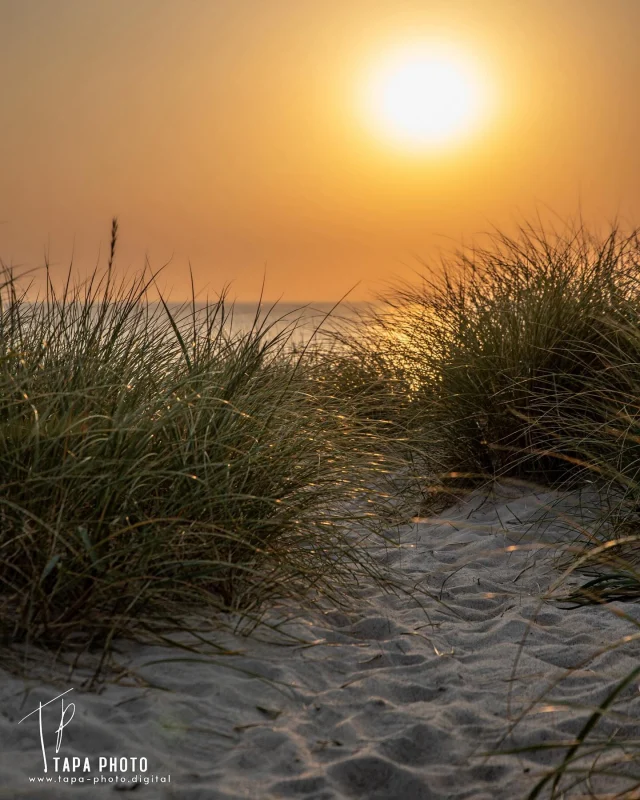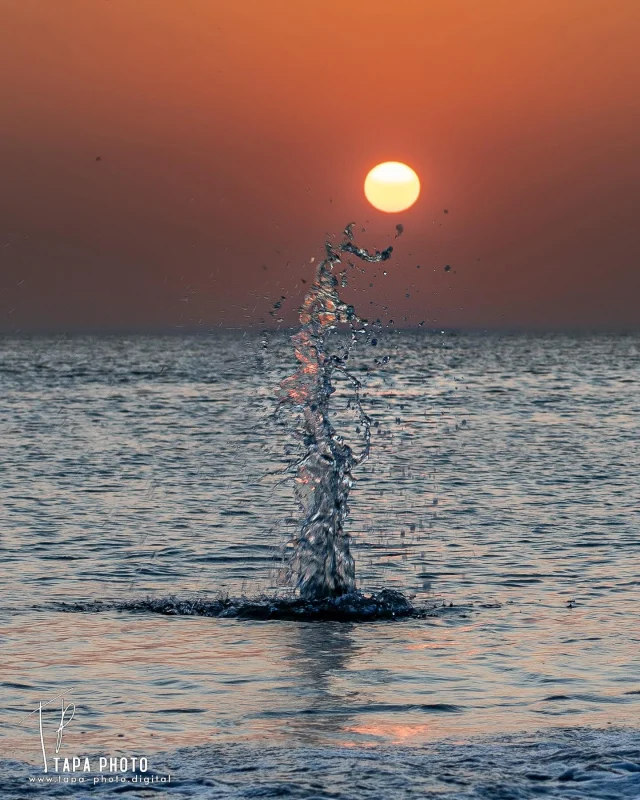As always you’ll find the English Version below.
Nach unserem Besuch des Monument Valley führte unser Roadtrip uns weiter nach Page, Arizona. Hier planten wir gleich zwei fotografische Highlights und freuten uns sehr darauf. Page in Arizona ist eine kleine Stadt mit ca. 7400 Einwohnern, aber aufgrund des Glen Canyon Dams und des daraus entstandenen Lake Powell sowie des Antelope Canyon sehr bekannt und beliebt.
Speziell unter Fotografen sind die Antelope Canyons eine großartige Gelegenheit die, hauptsächlich in den Sommermonaten entstehenden, Beams um die Mittagezeit zu erfassen. Durch die von oben hereinscheinender Sonn, entstehen oft fantastische Farb- und Lichtspiele. Auch die Antelope Canyons (Upper und Lower Canyon) liegen, wie auch das Monument Valley, im Reservat der Navajo Nations. Entsprechend können diese Canyons auch nur über geführte Touren besucht werden. Allerdings plant wir nicht direkt die Antelope Canyons zu besuchen, sondern den etwas weniger besuchten Canyon X. Zum einen sind die Antelope Canyons schon sehr überlaufen, zum anderen ist dort auch die Mitnahme eines Stativs nicht mehr erlaubt. Um die Lichtspiele aber richtig einzufangen, ist der Einsatz eines Stativs aber unbedingt ratsam. Für den Besuch des Canyon X gibt es spezielle Fototouren, wo dann auch die Mitnahme eines Stativs erlaubt ist. Nun hatte es leider die Tage vor unserem Besuch in Page viel geregnet, was dazu führte das der Antelope wie auch der Canyon X für Touren gesperrt wurde. Aufgrund von möglichen Sturzfluten in den Canyons werden diese bei entsprechenden Regenfällen geschlossen, 1997 kamen hier bereits 11 Touristen bei einer solchen Sturzflut ums Leben. Aufgrund unseres engen Zeitplans, konnten wir auch keine alternative Tour in den kommenden Tagen mehr buchen, so dass wir leider den Canyon X nicht besuchen konnten und somit auch leider keine Bilder präsentieren können :-(.
Ein weiteres schönes fotografische Highlight gibt es allerdings noch mit dem Horseshoe Bend, einem hufeisenförmigen Talmäander des Colorado River im Glen Canyon welches ca. 10 Kilometer stromabwärts vom Dam liegt. Der Horseshoe Bend ist ein weiterer Touristenmagnet und es gibt eine Vielzahl von Bildern des berühmten Hufeisens in den sozialen Medien. Den eigentlichen Aussichtspunkt kann mittels eines kurzen Fußmarsches vom zugehörigen Parkplatz (direkt am Highway 89) erreicht werden, was bei den sommerlichen Temperaturen in Arizona trotzdem schon schweißtreibend sein kann. Auch wenn viele Menschen den Bereich säumen, ist die Aussicht nicht weniger spektakulär und wir hoffen euch gefallen die beiden Bilder:
Auch haben wir es uns nicht nehmen lassen uns den Glen Canyon Dam anzuschauen. Die Glen-Canyon-Staumauer ist technisch eine Talsperre, die den Colorado River staut und den Lake Powell entstehen ließ. Parallel zum Staudamm verläuft auch hier der Highway 89, der den Colorado River mittels einer Bogenbrücke überquert (passender Name: Glen Canyon Dam Bridge). Am westlichen Ende des Damms befindet sich auch ein Visitor Center.
Auch wenn wir keine Bilder vom Canyon X präsentieren können, hoffen wir das Euch die anderen Bilder gefallen. Wer hat denn schon selbst den Horseshoe Bend fotografiert?
After our visit to the Monument Valley, our road trip continued to Page, Arizona. Here we planned two photographic highlights and were really looking forward to them. Page in Arizona is a small town with about 7400 inhabitants, but very well known and popular because of the Glen Canyon Dam and the resulting Lake Powell as well as the Antelope Canyon.
Especially among photographers, the Antelope Canyons are a great opportunity to capture the midday beams that occur mainly in the summer months. The sun shining in from above, often creates fantastic plays of color and light. The Antelope Canyons (Upper and Lower Canyon), as well as the Monument Valley, are in the reservation of the Navajo Nations. Accordingly, these canyons can only be visited on guided tours. However, we didn’t plan to visit the Antelope Canyons directly, but rather the somewhat less visited Canyon X. On the one hand, the Antelope Canyons are already very crowded, on the other hand, taking a tripod is no longer allowed there. In order to capture the play of light properly, however, the use of a tripod is absolutely advisable. There are special photo tours for visiting Canyon X, where you can also take a tripod with you. Unfortunately, it had rained a lot the days before our visit to Page, which meant that Antelope and Canyon X were closed to tours. Due to possible flash floods in the canyons, they are closed when it rains. In 1997, 11 tourists died in such a flash flood. Due to our tight schedule, we could not book any alternative tour in the coming days, so unfortunately we could not visit Canyon X and therefore cannot present any pictures.
There is another beautiful photographic highlight, however, with Horseshoe Bend, a horseshoe-shaped valley meander of the Colorado River in Glen Canyon, which is about 10 kilometers (6 miles) downstream from the dam. Horseshoe Bend is another tourist magnet and there are a multitude of images of the famous horseshoe on social media. The actual vantage point can be reached by a short walk from the associated parking lot (directly off Highway 89), which can still be sweaty given the summer temperatures in Arizona. Even though there are many people lining the area, the view is no less spectacular and we hope you enjoy the two pictures (see above).
We also took the opportunity to look at the Glen Canyon Dam. The Glen Canyon Dam dams the Colorado River and created Lake Powell. Here the Highway 89 runs parallel to the dam, crossing the Colorado River by means of an arched bridge (appropriately named: Glen Canyon Dam Bridge). There is also a visitor center at the west end of the causeway.
Even if we can’t present any pictures of the Canyon X, we hope that you like the other pictures. Who has photographed Horseshoe Bend themselves?


































Schreibe einen Kommentar